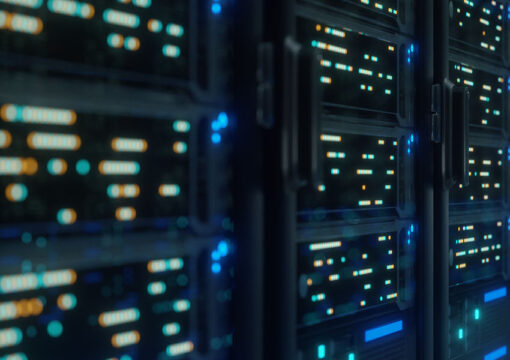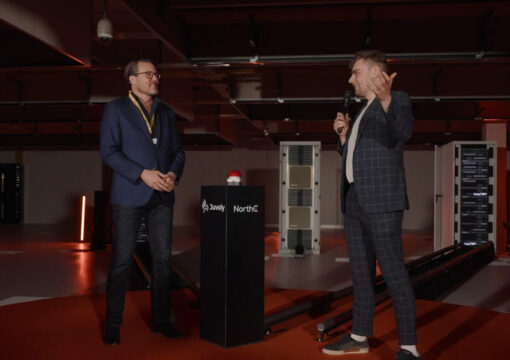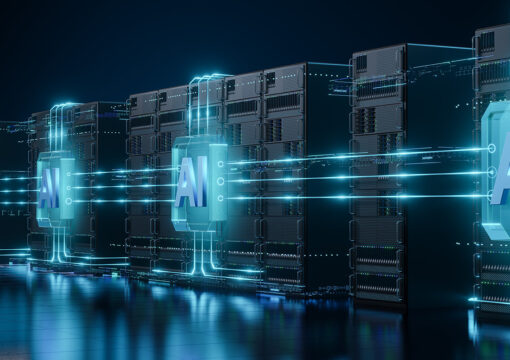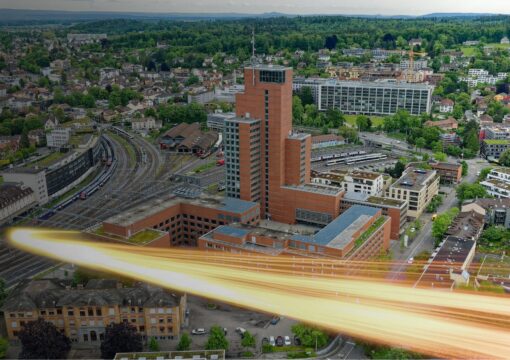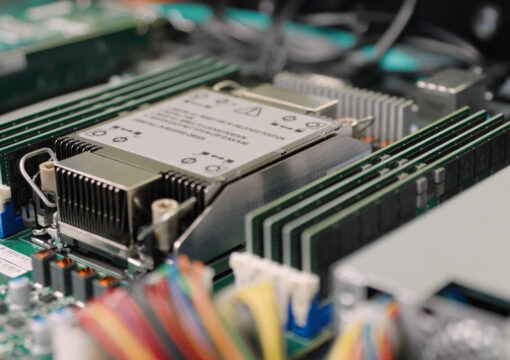Insights
News items, blogs, and articles
35 items
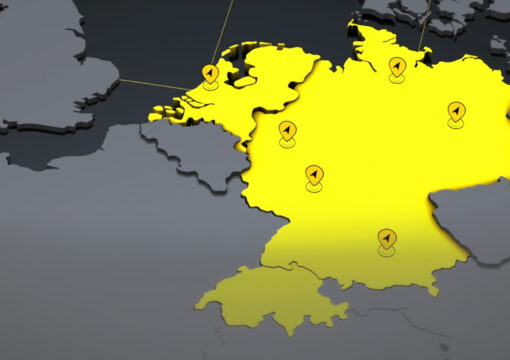
NorthC acquires six data centers from Colt Technology Services in Germany and the Netherlands
Article
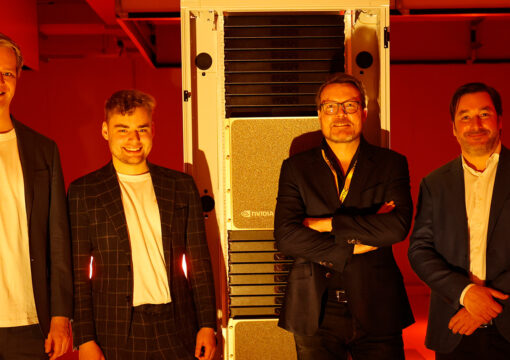
First NVIDIA DGX B200 supercomputers in the Netherlands are now in Rotterdam
Article
- chevron_left
- 1
- 2
- 3
- 4
- chevron_right


